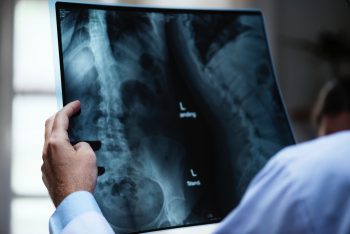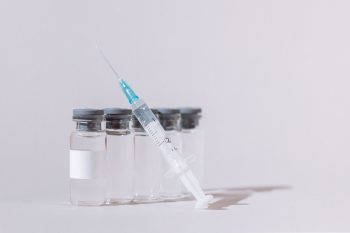The prevalence of non-alcoholic fatty liver disease is increasing worldwide, currently being considered as the major cause of chronic liver disease. The main risk factors for its development and progression are type 2 diabetes, high levels of triglycerides or cholesterol and overweight/obesity. It has also been proven that, regardless of the individual’s weight, physical inactivity favors the appearance of fatty liver and is related to the severity of liver damage. Therefore, performing sport is very important to prevent or improve fatty liver disease.
What type of exercise is most appropriate?
Several studies have compared in patients with fatty liver disease, the effects of performing aerobic exercise (walking at a good pace, dancing, cycling ,.) versus anaerobic (weightlifting, abdominals, squats, ..), finding that both, significantly reduce the accumulation of fat in the liver. In addition, this improvement is independent of weight loss.

What should be the intensity of the exercise and for how long?
It is not clear what is the optimal intensity of the exercise since it has been proven that even low intensity exercise decreases fat accumulation in the liver. The main thing is the time dedicated to carry out the activity, which should be between 150-200 minutes per week.
Recommendations
In our clinic, we recommend that patients, according to their preferences and possibilities, perform some type of physical exercise (aerobic, anaerobic or a combination of both) for at least 3 hours per week. The goal is a lifestyle modification to make physical exercise part of the daily routine (at least 30 minutes every day).





